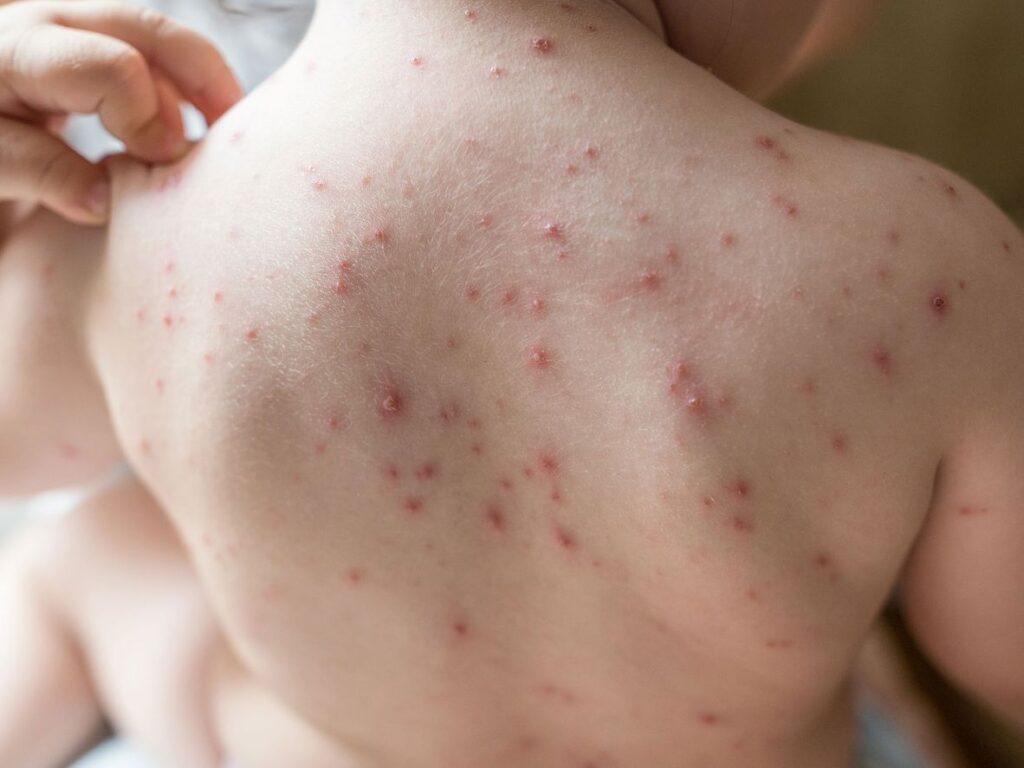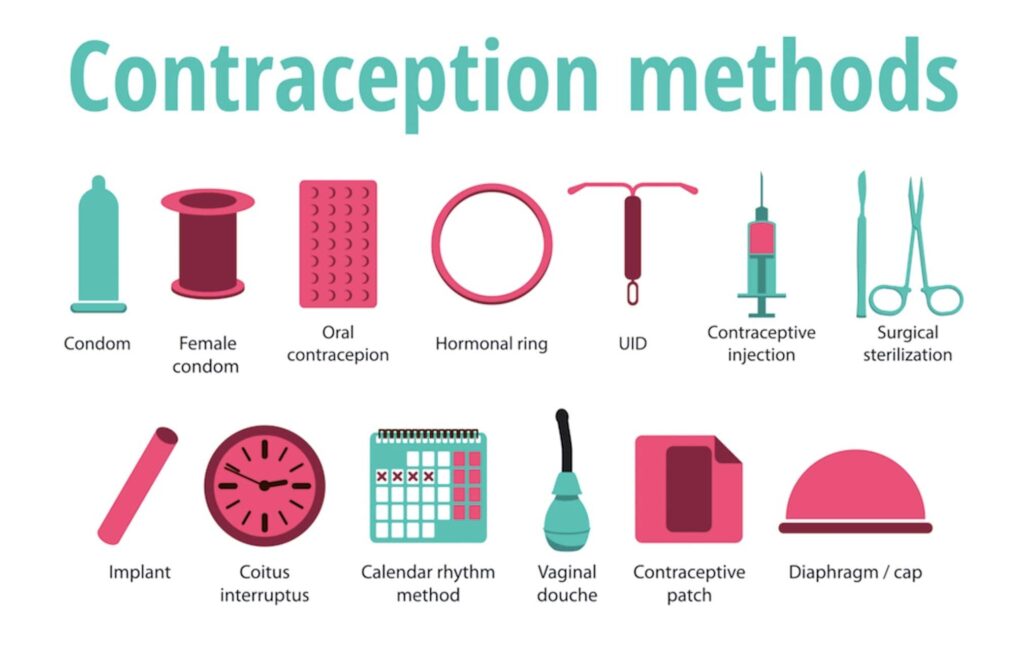Those that wear a lot of jewellery also have an increased risk, as nickel in its various different forms can cause contact dermatitis. This affects approximately 10% of women and 2% of men. This usually manifests as a jewellery eczema. People often diagnose it themselves, so they don’t necessarily have to see a doctor to make that diagnosed. Dermatitis can occur in odd situations, this is because we’re all exposed to several different chemicals on a daily basis, just through carrying out ordinary tasks such as washing our hands, putting our clothes on and walking through a door.
For example, mobile phones contain nickel and again if somebody who is allergic to nickel is on their phone most of the day, holding it close to their face, it can cause a rash to develop here. Spectacles also can contain small amounts of nickel and can cause face dermatitis. The answer really is that you have to consider the contact dermatitis in anybody who presents an eczema and you’ll get an idea of what could be causing it from the distribution of it.
Are there any cures for contact dermatitis or is it best to reduce contact with irritants or allergens?
It’s usually thought that the cure is actually avoidance. Avoidance of contact with the allergen or substitution, for example, if you’re allergic to nickel-containing jewellery, then you could wear titanium jewellery. If you’re allergic to a rubber chemical being used in rubber gloves, then you should get some gloves that don’t contain that chemical. So substitution of the substance to which a person is reacting to with an alternative material. There is currently no effective desensitization method. It could potentially be possible to manipulate the immune system, but I think in our present state of knowledge, it would be challenging and it’s far easier to simply avoid and substitute the reactive substances.
This is one reason why ingredient labelling is very important on products and the EU has introduced a legislation that requires ingredient labelling for cosmetics etc. If you look at any cosmetic or toiletry, you will find a list of ingredients that are above a certain quantity in that product. If it’s below this level, then the ingredient doesn’t have to be included, but mostly they will anyway.
What do you think the future holds for people with contact dermatitis?
I think there is a possibility that incidences of contact dermatitis are going to increase. One of the problems is that in products like cosmetics and toiletries, it has become necessary to add biocides and preservatives into most of them in order to prevent bacteria and yeast growing in them and to give them a longer shelf life. Methylisothiazolinone is a preservative that has been a major cause of contact dermatitis throughout Europe. There has been a recent change in legislation reducing the amount that can be present from 100ppm to 15ppm in consumer products. This is because large numbers of people became allergic to this chemical and it caused an epidemic of contact allergy.
The problem is that once you reduce the use of that one chemical, you soon get another one to replace it and then you potentially can get another epidemic. About five or six years ago, there was an epidemic of dermatitis caused by the anti-mould preservative dimethyl fumarate. This was used in the manufacture of millions of sofas in Southern China where it was humid and people became allergic to it, causing an epidemic of dermatitis. Epidemics are largely caused by consumer substances and they are not always predictable. I think perhaps the biggest problem for people with contact dermatitis is getting through to a dermatologist who’s able to diagnose them. As you’ll know, the dermatology service is being squeezed and in the UK getting through to somebody who knows how to diagnose and manage the problem is going to become increasingly difficult in the future, but that’s more of a service issue.




